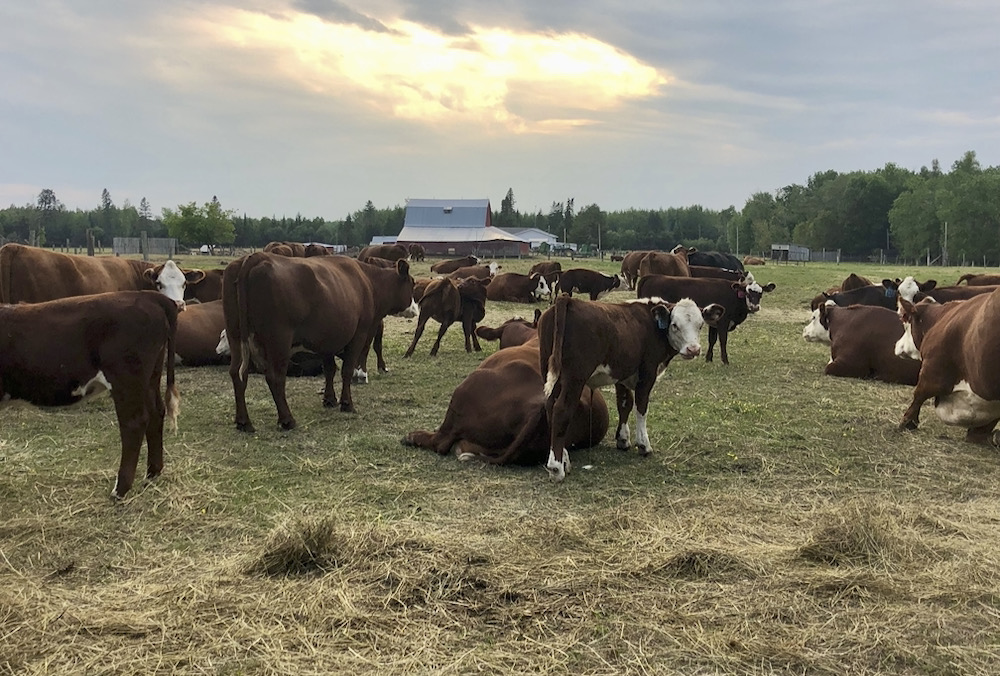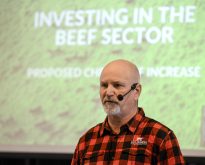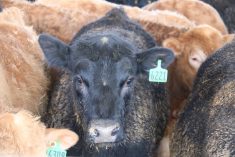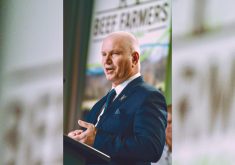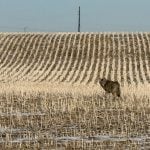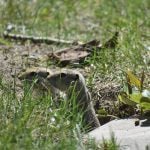[UPDATED: Aug. 23, 2021] A collective sigh of relief greeted the Aug. 6 federal government announcement of a $100 million emergency drought fund.
“We haven’t received any details on what that will look like, but,” said Beef Farmers of Ontario president Rob Lipsett. “It seemed almost like a weight lifting off a lot of people’s shoulders to know that we got the announcement before we moved into an election.”
Why it matters: Beef Farmers of Ontario and the Canadian Cattlemen’s Association were concerned that the funds wouldn’t be announced before an expected federal election call.
Read Also
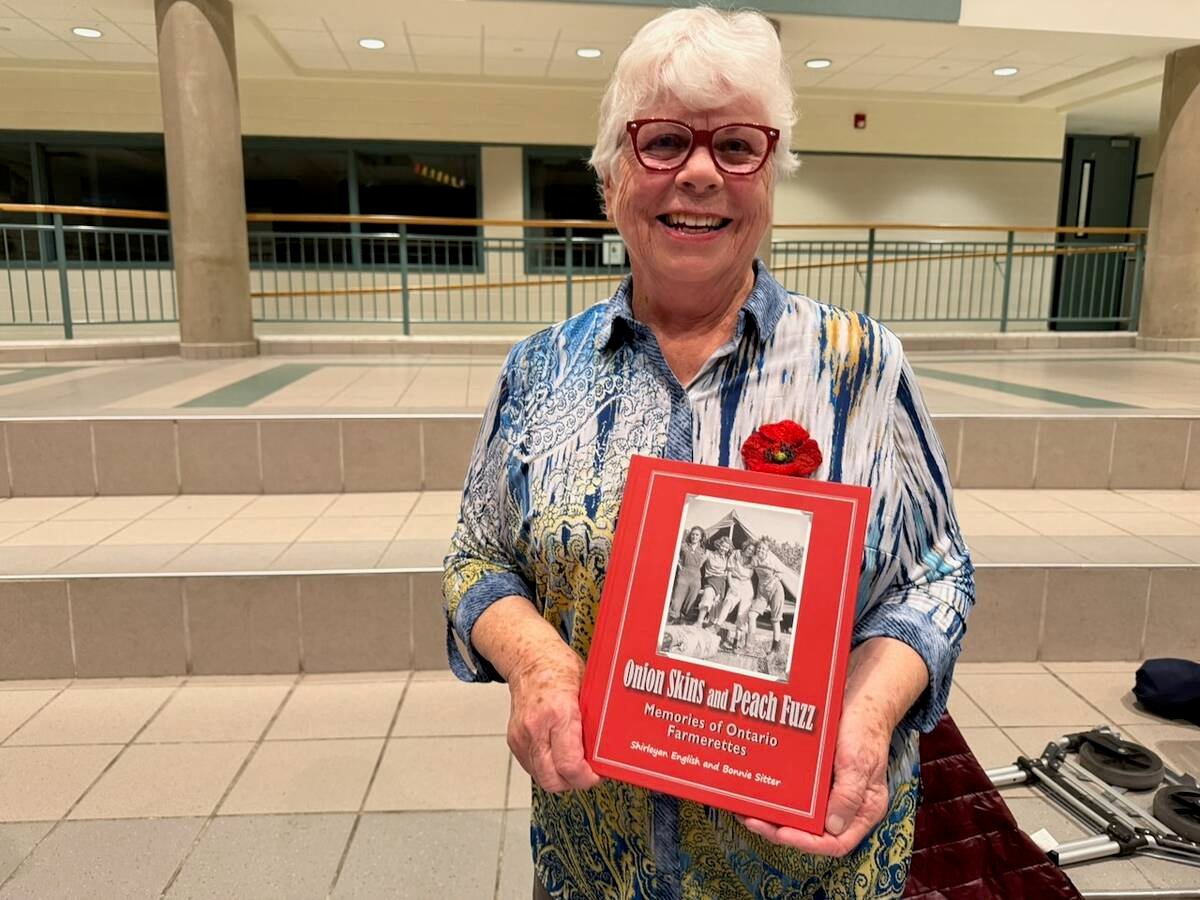
Women who fed a nation
More than 40,000 young women supported the war effort between the 1940s and early 1950s, helping grow and harvest crops amid labour shortages. They were called Farmerettes.
“We have 62,000 beef producers in the country, so I can confidently say that, yeah, $100 million sounds like a lot upfront,” said Lipsett. “I think everyone involved, including the government, realizes that this is probably only step one of the solution (and) that we’ll need to look at more funding.”
- Read more: Northwestern Ontario farmers wait for hay
- Read more: Feds lock in AgriRecovery funds before election call
The Ontario government also announced $5 million in AgriRecovery funding on Aug. 10 in addition to the $2 million announced to help move feed to the affected area.
The Ontario Federation of Agriculture (OFA) also recently announced $100,000 funding to help farmers facing drought. The OFA’s board of directors is donating $50,000 to the Northwestern Livestock Emergency Assistance Initiative, managed by Beef Farmers of Ontario (BFO), and $50,000 to the Hay West initiative delivered by the Canadian Federation of Agriculture (CFA).
While the Hay North and Hay West initiatives focus on the needs of beef, sheep, dairy and poultry farmers to survive the drought, there isn’t much discussion on the impact felt by crop, grain and pulse farmers.
Lipsett said there are significant concerns that pasture and forage crops won’t rejuvenate next year so producers could face costly reestablishment of feed stands.
In addition, commodity prices are high and drought boosts them further, making affordable feed as non-existent as the rain.
Lipsett said high input costs are an additional challenge.
“There isn’t just a one-size-fits-all solution to this. We almost need a suite of programs available for producers that they could pick and choose and custom make a relief program for themselves.”
[AUDIO] Hear more of Diana’s conversation with Beef Farmers of Ontario president Rob Lipsett in this audio excerpt (above) from ‘Between the Rows.’
The Canadian agriculture sector must develop solutions because every time a program is required, government reinvents the wheel and delays support, said Bob Lowe, Canadian Cattlemen’s Association president.
“Right now, the Americans are coming in, and they’ve got a subsidy in place, and they’re buying hay out of the southern prairies and taking it to the United States,” said Lowe. “A lot of it’s leaving the country, which seems a little silly when you’re in the middle of a shortage yourself.”
While it may be frustrating, Lowe said businesses can’t be faulted for selling to the highest bidder. The U.S. sector’s on-the-shelf programs are immediately triggered when specific parameters are reached.
“It triggers a payment, and (producers) just get it. They don’t have to rehash things out every single time it happens,” he said. “It’s just that much faster, which we don’t have in Canada.”
The pandemic highlighted two things for all levels of governments, said Lipsett: the Business Risk Management suite of programs is obsolete and requires a redesign; and food security is a top priority.
It’s the perfect time to build a drought relief program that isn’t ad-hoc but instead stands ready to be deployed.
“The pandemic proved to us that food security is a real issue for this country, and in a drought of this magnitude, it’s not going to help with some of those issues,” said Lipsett.
“Whether it’s an election or not, all parties will understand they need to take care of our food production and our supply chains.”
Federal agriculture and agri-food minister Marie-Claude Bibeau said the government is working with its provincial partners to provide timely support for producers through AgriRecovery.
“(We are) ready to seek further funding for requests exceeding this amount. We will continue to support farm families to get them through the challenges we face today and position them for a sustainable future, since we know climate change will continue to pose challenges,” said Bibeau.
Lowe and Lipsett said few people realize the positive impact livestock have on the environment and climate change through the maintenance of vital grasslands, pasture and forage crops. They sequester carbon, protect habitat and provide biodiversity.
“What a whole lot of people don’t understand is we are the ultimate environmentalist,” said Lowe. “We live in the environment…It’s part of our livelihood.”
Lipsett said it may be time to move forage research into the public domain and look for drought-tolerant species.
He’d also like to see incentives to reward environmental stewardship and efforts to build soil health and resiliency so it can withstand drought.
“Producers need something to look forward to for a change,” said Lowe. “This was supposed to be the year that we put some profit back into the industry after COVID. But there’s not going to be any profit in the industry right now, that’s for sure.”
Lowe said the federal tax deferral must be extended for more than a year. With the national herd at its lowest numbers in two decades, producers will need assistance to rebuild.
“You’re getting hit twice. You’re losing $400 a cow on its own, and you’re going to pay that much extra when you buy it. The math is kind of simple,” Lowe said. “We need more cattle, not less.”
Lowe said he’s never seen things dry up so quickly but he remains optimistic.
“Every day it doesn’t rain is one day closer to the day it’s going to,” he said. “No amount of government subsidies is going to fix this problem, but what they do amount to is an aid to help us get through it.”
*Update: Includes a donation by the Ontario Federation of Agriculture.




